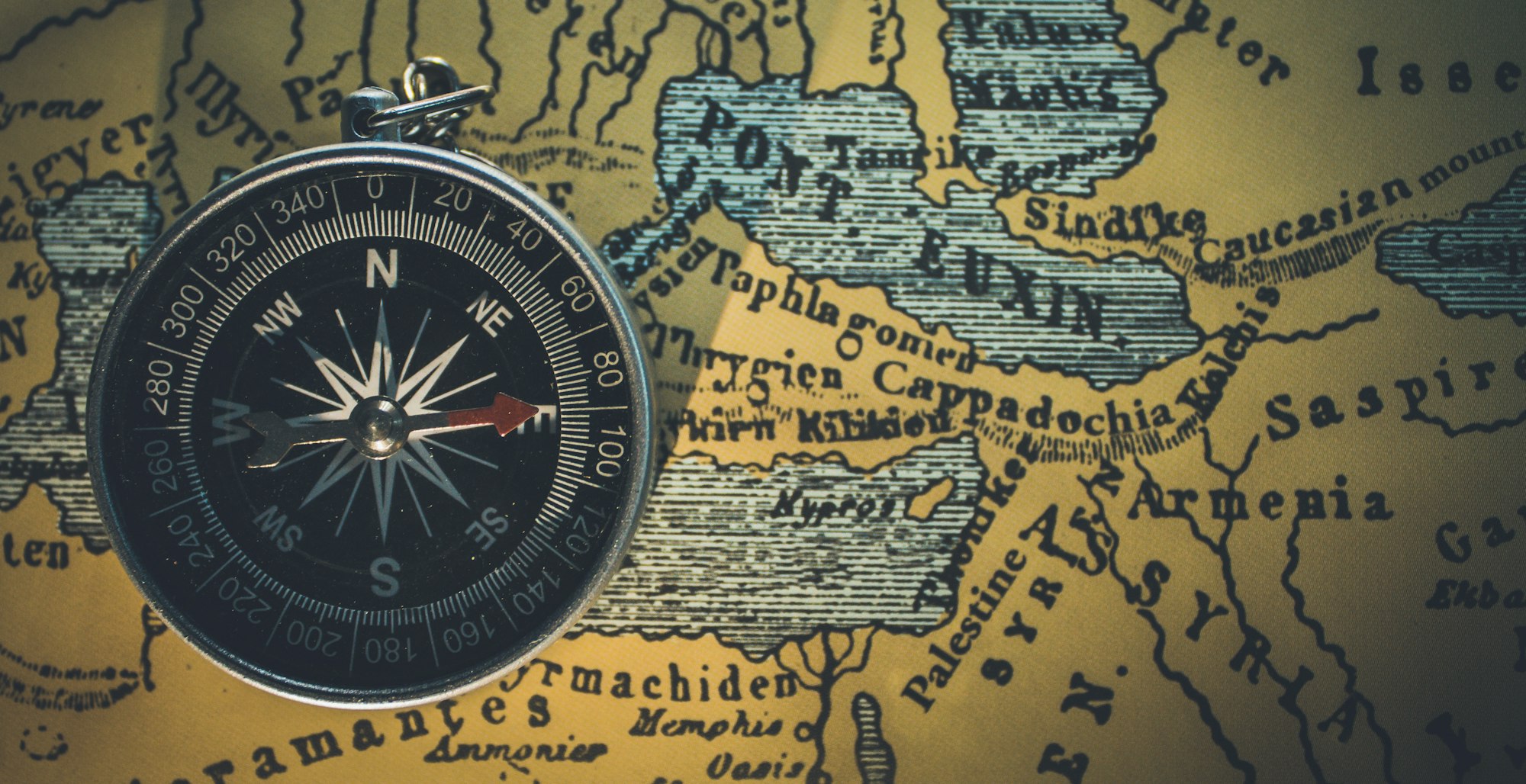Human Rights Literature Circles

I love teaching grade seven students. At twelve and thirteen years old, my students are old enough to start delving into real world issues in more detail than their elementary school counterparts. As well, with a middle schooler's keen awareness of fairness and what is right, they care about what is happening in other parts of the world.
For this reason, I enjoy doing a human rights literature circle with my grade seven students every year. The books all deal with young people from various countries who are dealing with human rights issues, such as child labour or gender equality. Grade sevens are at the right age to start thinking more critically about these issues, and there is a wealth of books out there to support this learning.
For my literature circle, I tend to rely heavily on Faye Brownlie's book Grand Conversations, Thoughtful Responses: A Unique Approach to Literature Circles. Students are given a choice of five or six books of varying reading levels. They select a book and read it, completing small group discussions and journal entries routinely over the course of the unit. Unlike other approaches though, the book groups are fluid. As students finish a book, they select another one. Students are expected to read at least one book, but many will read two, three, or even more. I like this approach, since students read and discuss more and end up making strong connections from one book to another. As well, it feels more natural for readers to read at their own pace.
The books I use for the literature circle have been selected in collaboration with other grade seven teachers at my school and in my school division. Most of the middle schools in my division have developed their own set of books, as there are great choices out there. For this unit, I am building on others' excellent work. Here are some I would recommend, loosely ordered from easiest to hardest.
- Fatty Legs, by Christy Jordan-Fenton and Margaret Pokiak-Fenton: This memoir tells the true story of a girl's experience in a residential school in Northern Canada.
- Iqbal, by Francesco D'Adamo: Told through the eyes of a young girl, this book tells a fictional story of the real Iqbal Masih, a boy who worked to free children from slavery.
- I Am a Taxi, by Deborah Ellis: This book is about Diego, a Bolivian boy, who becomes mixed up in the drug trade in order to support his family.
- Long Walk to Water, by Linda Sue Park: This book switches back and forth between two connnected stories. One is the story of Salva, a lost boy from Sudan who must escape war and walk a long distance to safety. The second story is of Nya, who must walk for water in modern day South Sudan.
- Thunder Over Kandahar, by Sharon E. McKay: This book tells the story of two girls living in Afghanistan, who face gender discrimination and violence at the hands of the Taliban. (Interestingly, boys will see the heliocopters on the cover, pick up the book, and get caught up in reading a book about gender inequality.)
- Heaven Shop, by Deborah Ellis: Heaven Shop focuses on AIDS discrimination in Malawi, as the main female character Binti must survive after the deaths of her parents.
- War Brothers, by Sharon E. McKay: By far the most popular book, War Brothers is about a group of boys in Uganda who are kidnapped by the Lord's Resistance Army to become child soldiers. I also have a graphic novel version of this book, which is useful for enticing reluctant readers (although some students have found the graphic novel a bit too graphic for their tastes).
- Shabanu: Daughter of the Wind, by Suzanne Fisher Staples: This book is about a girl in Pakistan who grows up as a camel herder, and is being pushed into an arranged marriage.
- Child of Dandelions, by Shenaaz Nanji: This historical fiction book focuses on a girl whose family is being forced out of 1970's Uganda because they are of Indian ancestry. This is a good text for introducing symbolism for more advanced students.
I don't tend to use all of these books any given year, but will select five or six based on my students' reading levels and interests. Each year I try to include a range of difficulty levels and a selection of both male and female main characters. Also, note that some books, like Fatty Legs, I Am a Taxi, and Shabanu have sequels that can convince students to read further. Because all the books deal with human rights issues in diverse parts of the world, students gain a better understanding of issues that affect other kids their age. It is a great tool for teaching literacy skills, while improving their understanding of the world and human rights issues.
This unit is complemented by a second literature circle based on the heroic journey, which tends to focus on courage in familiar and unfamiliar settings. I'm also toying with the idea of developing a third literature circle that focuses on identity. As I read more books for this unit, I'll document my thoughts here.









